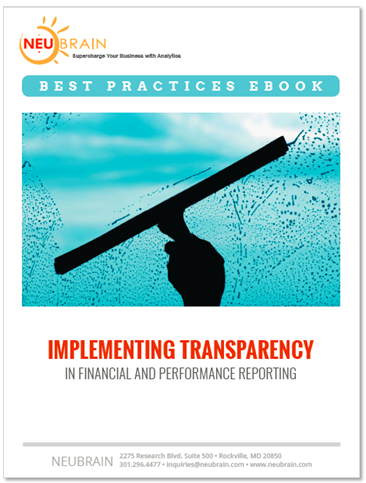If you have ever worked in a governmental organization, you probably experienced the mental gymnastics of the dreaded “what-if” drills. The annual bureaucratic budget review and approval processes, changing priorities based on political agendas, and emerging agency requirements make these drills a frequent occurrence at all levels of government. Governmental organizations are often tasked to “develop options”, “look for efficiencies”, or other code words to deal with real or perceived budget cuts. These units are scrambling to play defense – to defend (or re-defend) planned resourcing levels. A reason why budgeting is so difficult is that many government organizations have difficulty tying resource allocation to objective criteria that clearly enables decision-makers to make conscious trade-offs, as well as providing transparency throughout the organization.








